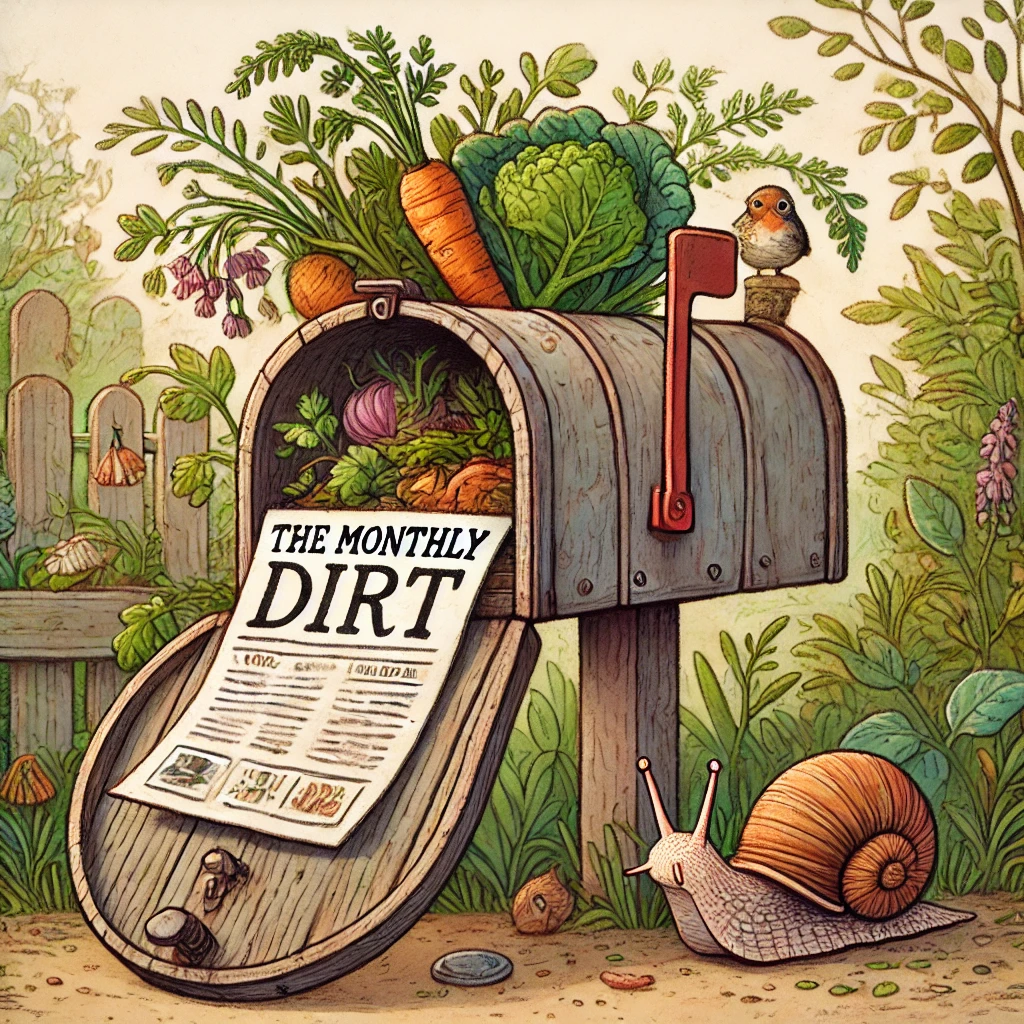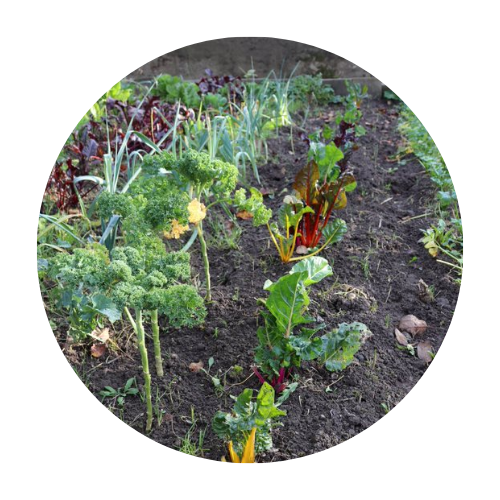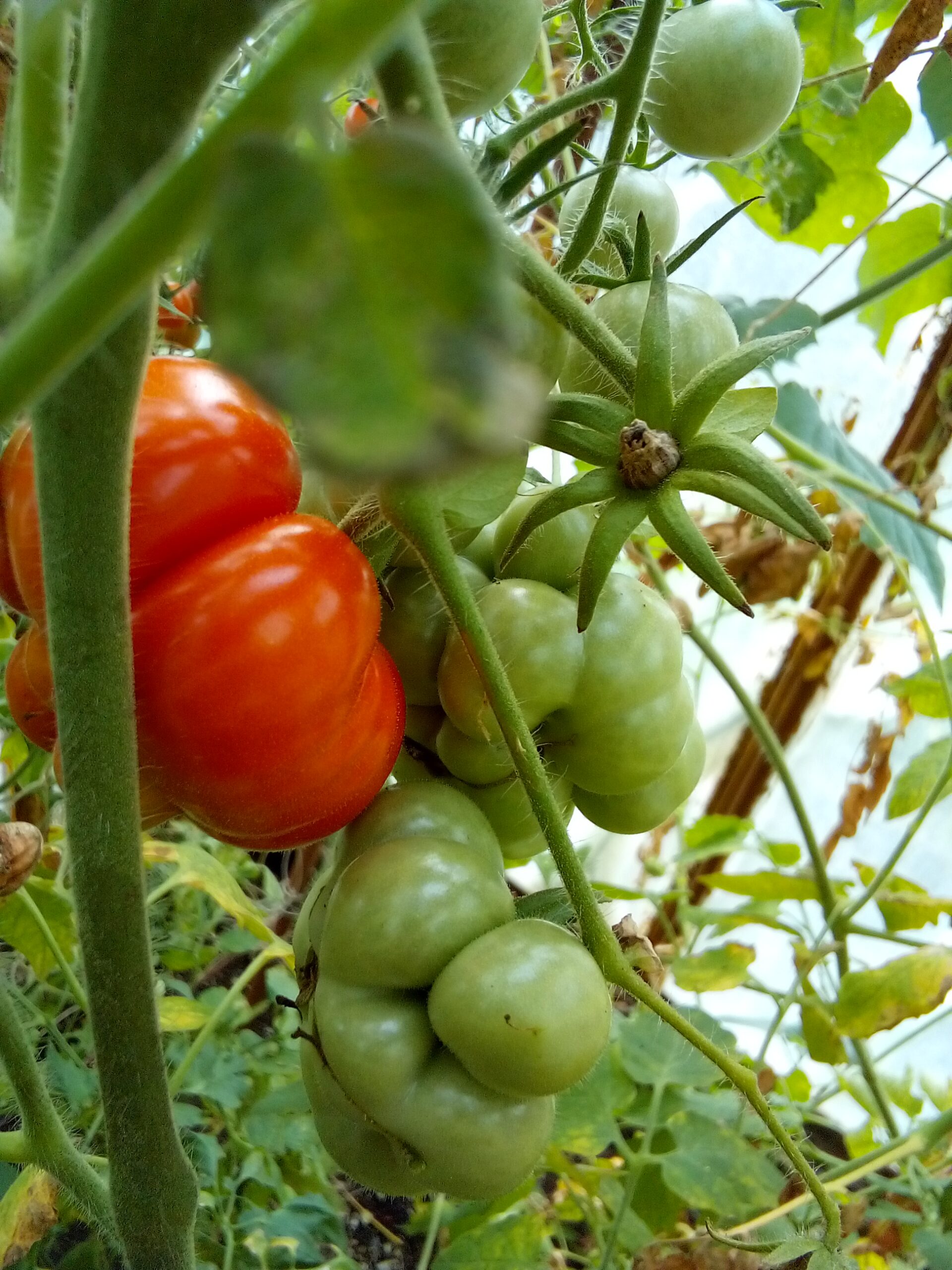Gardening is more than just a hobby—it’s a way of life. It allows you to reconnect with nature, grow fresh food, and create a sustainable lifestyle that benefits both you and the planet. If you’ve ever thought about growing your own vegetables but didn’t know where to start, you’re in the right place!
Whether you’re dreaming of a lush backyard garden, a compact balcony oasis, or even a simple windowsill herb garden, this Beginner Gardening Guide will show you the way. Gardening doesn’t need to be intimidating. With the right advice, anyone can grow their own food.
Why Gardening Is Worth Your Time
Gardening is more than a hobby—it’s a way to reconnect with nature and live more sustainably. This beginner gardening guide will show you how to start a garden, whether it’s a small balcony setup or a full backyard plot.
Growing your own vegetables supports a sustainable gardening lifestyle, provides fresh, organic food, and improves your well-being.
- Health Benefits: Gardening helps you eat fresh, chemical-free food while lowering stress and improving mental health.
- Sustainability: Gardening for beginners is also an environmental choice—reducing food miles and supporting pollinators.
- Personal Satisfaction: Watching your plants grow brings deep satisfaction and a daily connection to life’s natural rhythms.
How to Start Your Garden Based on Your Space
Whether you have a backyard, a balcony, or only a windowsill, this beginner gardening guide covers every situation.
Backyard Gardening
If you have space outdoors, start with raised beds for better soil control and drainage. Add organic compost, use simple tools like a trowel and spade, and try open-pollinated seeds for a resilient, long-term garden.Here are a few tips:
- Raised Beds: These are a perfect option for beginners. Raised beds allow for better soil control, improve drainage, and keep weeds under control. They also make gardening easier on your back and knees!
- Tools: A few essential tools will make your job easier. Make sure to have a good trowel, spade, watering can, and pruning shears. These basic tools will help you with planting, digging, watering, and maintaining your garden.
- Soil Management: Healthy soil equals healthy plants. Regularly add organic compost to your soil to improve its structure and nutrient content.
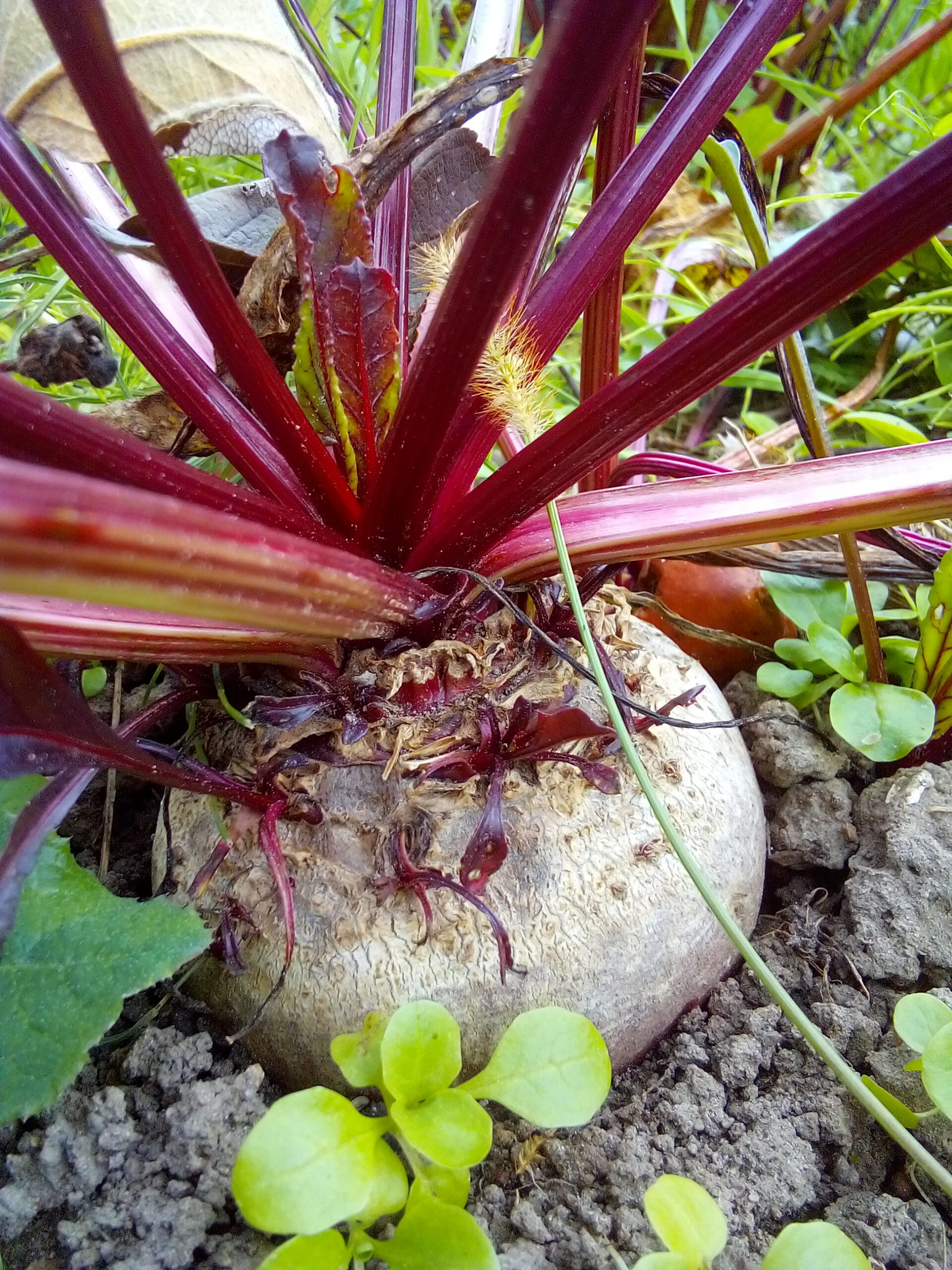
Balcony Gardening
Even small balconies can thrive with urban gardening tips like vertical planters and hanging pots. Choose compact containers, grow herbs, lettuce, and tomatoes, and make the most of every inch of light. Consider these tips:
- Vertical Gardening: Use vertical planters, hanging pots, or a wall-mounted rack to save space and grow more plants. This method is perfect for growing climbing plants like tomatoes, beans, and cucumbers.
- Containers: Choose compact containers that allow for good drainage. Plastic pots, wooden crates, and fabric grow bags work great. Be sure to select the right size based on the plant’s root system.
- Small Plant Varieties: Some plants thrive in small spaces, including compact tomato varieties, herbs like thyme and oregano, and miniature lettuce and radishes.
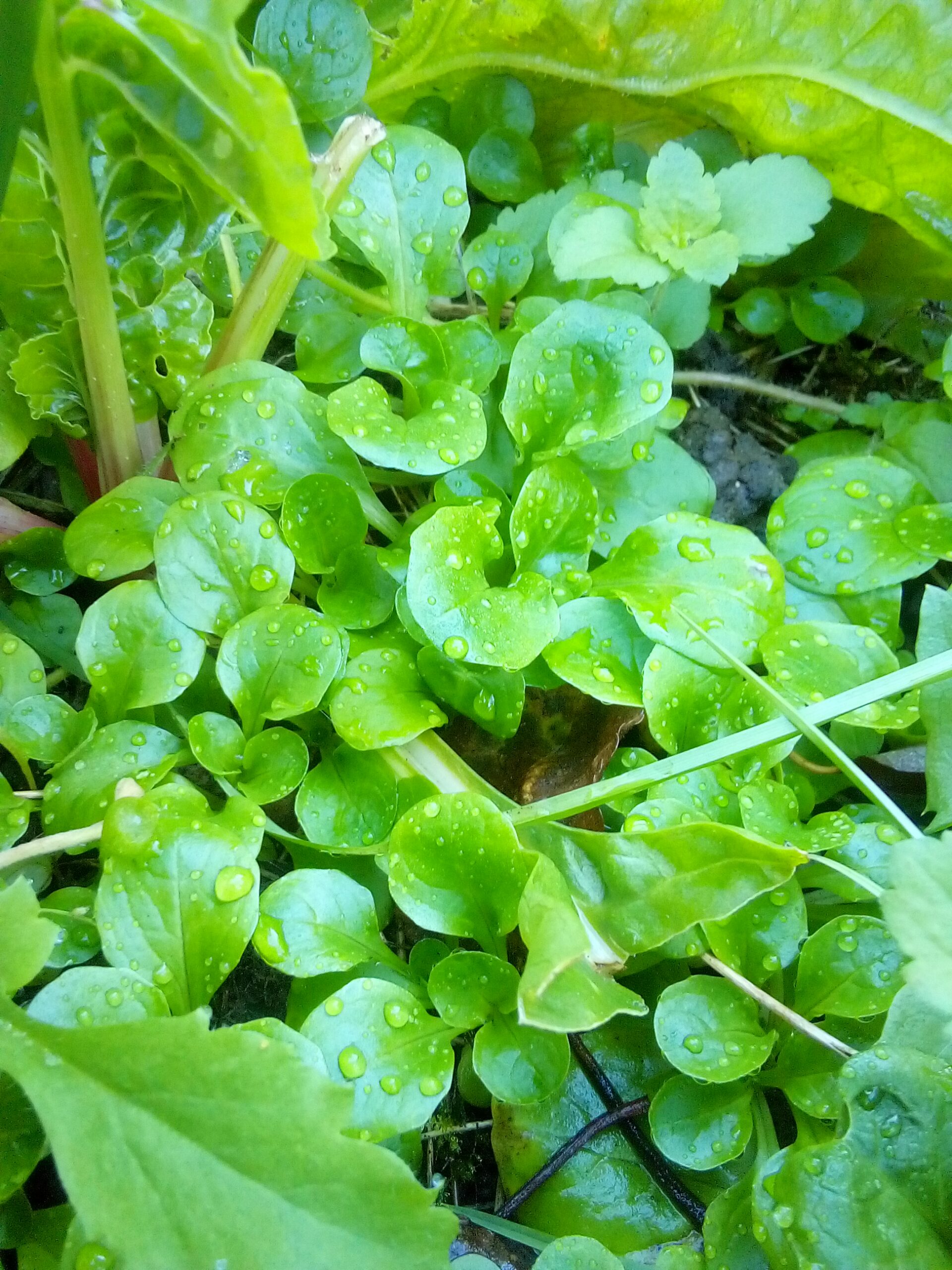
Windowsill Gardening
For those with limited space, windowsill gardening keeps fresh greens within reach. Grow basil, spinach, or arugula indoors; these leafy greens are easy to maintain and perfect for sustainable gardening year-round. Here’s how to make the most of your space:
- Herbs: Herbs like basil, mint, chives, and rosemary are perfect for windowsills. They require little space and thrive in small pots or containers.
- Leafy Greens: Consider growing lettuce, spinach, or arugula on your windowsill. These leafy greens are easy to grow and provide a constant supply of fresh greens.
- Maximize Sunlight: Make sure your plants get enough sunlight by placing them in a sunny spot. If your windowsill doesn’t get much sun, consider using a small grow light.
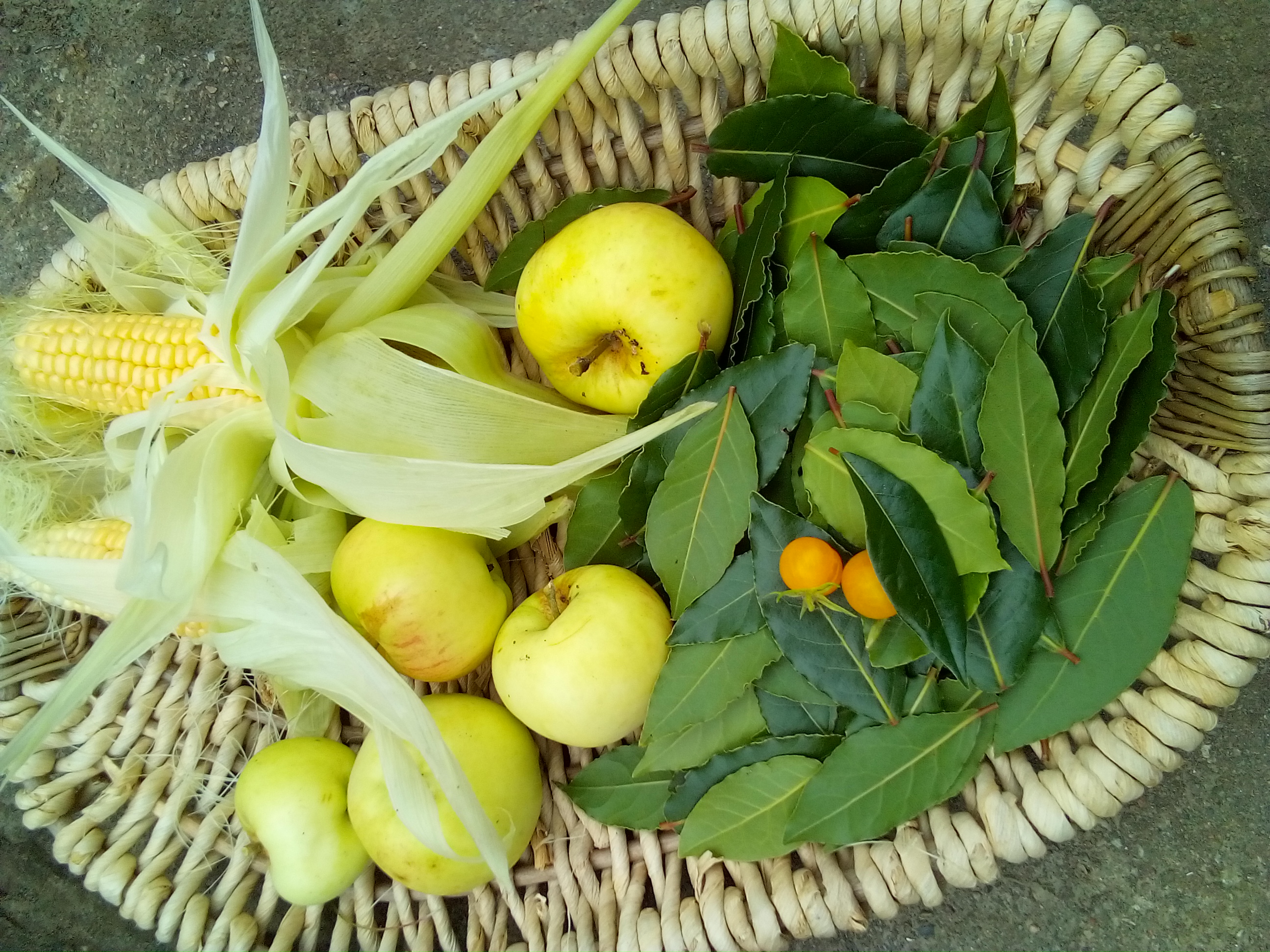
Create Your Beginner-Friendly Mindful Garden
Your first garden doesn’t have to be perfect. With patience, curiosity, and this beginner gardening guide, you’ll build a space that grows with you—whether that’s raised beds for vegetables or small pots of herbs for slow living and relaxation.
Get Started with Our Free Beginner Gardening Guide
Ready to begin? Download our Free Beginner Gardening Guide and learn how to start a garden that fits your lifestyle. Inside you’ll find step-by-step advice, plant recommendations for every space, and simple care tips for a thriving garden. Inside, you’ll find:
- Step-by-step gardening tips
- Plant recommendations for every space
- Care guides for healthy plants and bountiful harvests
Get your FREE Beginner Garden Guide now! Simply enter your email, and we’ll send it to you immediately:
Get Started with Our Free Beginner Gardening Guide
If you’re ready to dive in, we’ve got a FREE Beginner Gardening Guide that will take you through the essential steps, provide practical tips, and help you create a garden that suits your space and lifestyle.
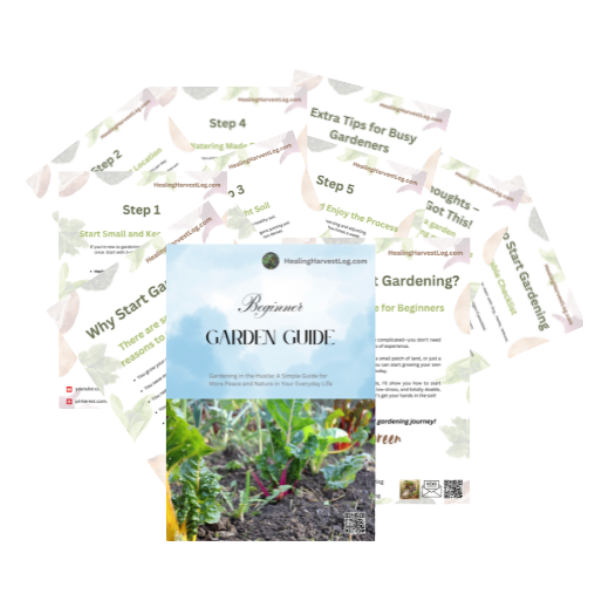
Why Should You Download the Beginner Garden Guide?
- Start Gardening in Any Space: Learn how to turn your backyard, balcony, or windowsill into a productive garden. Urban gardening tips are inside the Gardening Playbook.
- Practical Tips for Busy People: Gardening doesn’t have to take all your time. Get time-saving tips that work.
- Unlock the Secrets of how to start a garden: From soil health to pest control, discover everything you need to know for successful gardening.
- Bonus Resources: Access to our exclusive resource library of gardening guides, planners, and tips.
Get your FREE Beginner Gardening Guide now! Simply enter your email, and we’ll send it to you immediately:
Want to get started?
Sign up for our newsletter and receive your free Beginner Gardening Guide Playbook immediately!
